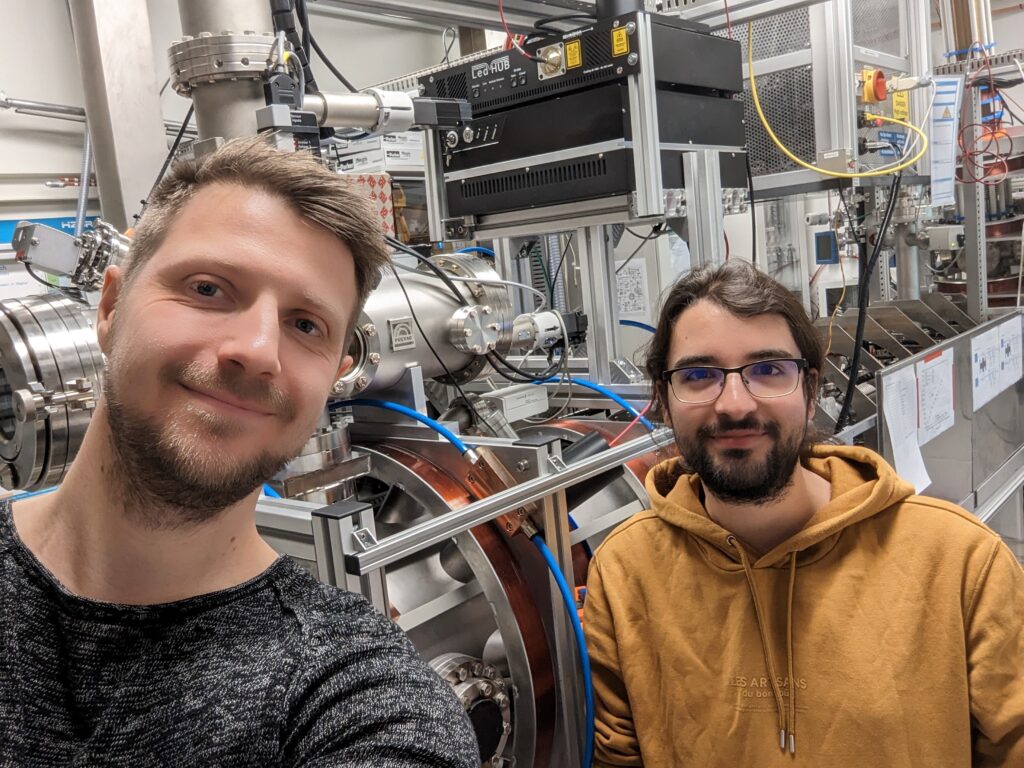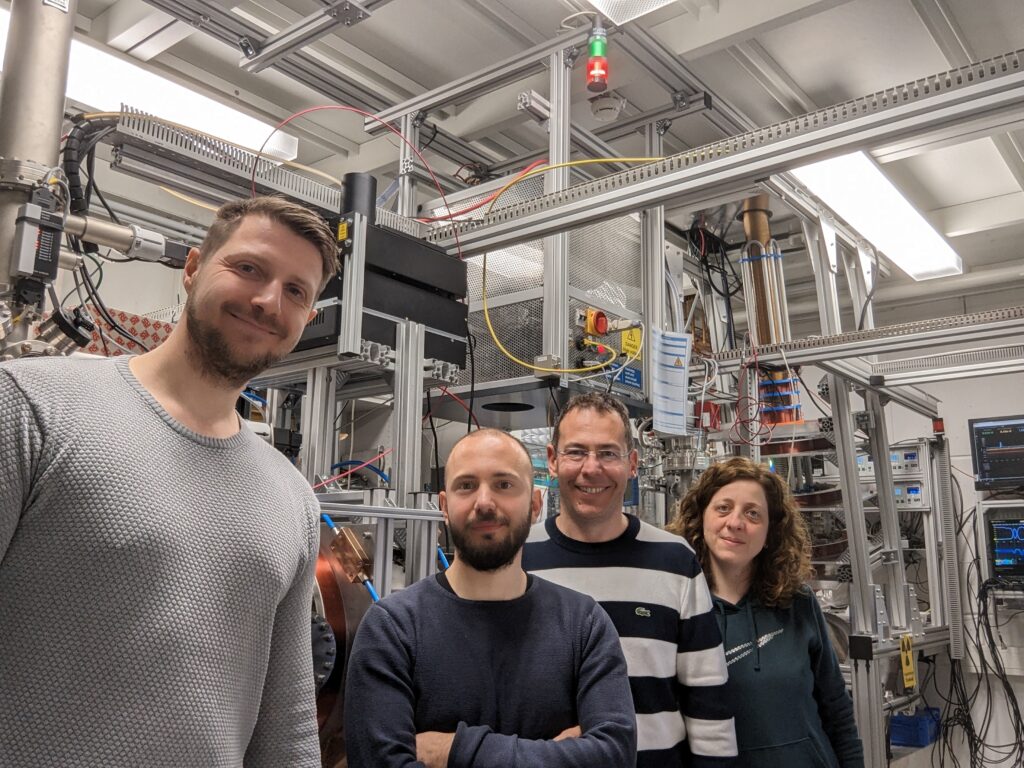We are thrilled to announce that the recent two days of beamtime at the Monoenergetic Positron Source (MePS) on April 2024, which was the first beamtime allocated at the ELBE research infrastructure as part of the ReMade@ARI project, was a success!



Two exciting projects were explored:
⚬ Damage accumulation in Cr-implanted β-Ga2O3:
Researchers led by Duarte Magalhaes Esteves from the Instituto Superior Técnico of the Universidade de Lisboa and the INESC Microssistemas e Nanotecnologias studied Cr-implanted β-Ga2O3, a promising wide band gap semiconductor material with great potential for applications such as radiation detectors and high-power devices. The team uses ion radiation to induce the delamination of a thin surface layer, which is then treated to form a free-standing nanomembrane. This method offers significant material savings, potentially creating thousands of functional and highly efficient devices from a single bulk sample.
The Ion Beam Center offered the precise ion beams needed to control the nanofabrication process, while the MePS provided the necessary timing resolution for Ga2O3 analysis; crucial to distinguish between occurring defect types: the only positron facility for this material worldwide. Both facilities at HZDR were available for user access within the ReMade@ARI project.
⚬ Impact of metals blend and electrochemical cycling on defectivity and lattice resilience in layered oxides used as cathode materials for innovative batteries:
Sergio Brutti, Laura Silvestri and Arcangelo Celeste from Sapienza Università di Roma investigated how metal composition and battery cycling affect cathode materials. Li-rich layered oxides are crucial for high-performing, sustainable batteries. The Positron Annihilation technique helps reveal hidden defects in pristine and cycled materials, vital for battery development aligned with the new EU Circular Economy Action Plan.

We believe this research will significantly impact material science and the circular economy.

Do you want to learn more?
Check out:
That ReMade@ARI’s webinar
The pELBE webpage
The IBC webpage
